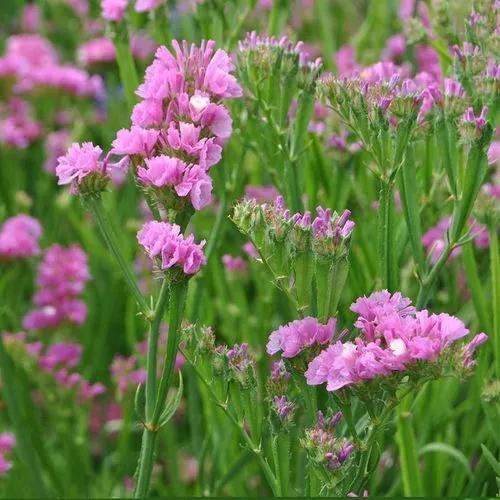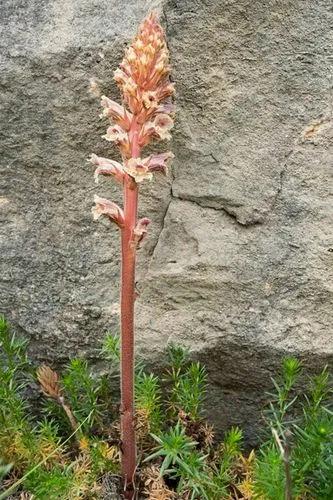It grows on very rocky slopes on hazburgites forming part of open scrub, between 500 and 600 metres above sea level. The plants are annual, biennial or perennial herbs, woody shrubs, or trees with a caustic, poisonous milky latex. The roots are fine or thick and fleshy or tuberous. Many species are more or less succulent, thorny, or unarmed. The main stem and mostly also the side arms of the succulent species are thick and fleshy, 15–91 cm (6–36 in) tall.
Euphorbia Flavicoma Care
Wild Spurge
Other names: Star Spurge, Spurge, Warty Spurge



What is the plant
How to Care for the Plant

Water

Normal watering

Pruning

Cut back euphorbia stems at the base immediately after bloom. Clip carefully, new shoots will likely be emerging that you want to keep in tact.

Sunlight

Euphorbias enjoy a sunny or part shaded position.
Ease your plant care routine with PlantIn's personalized system.

Soil

Succulents and cacti thrive in well draining, porous soils.

Temperature

Tender plant – may be damaged or killed by low temperature.

Container

The plants do well in a container filled with a potting mix that drains quickly.
Ease your plant care routine with PlantIn's personalized system.

Popularity

20 people already have this plant 5 people have added this plant to their wishlists
What's wrong with your plant?
Related Plants
Discover more plants with the list below
Popular articles






